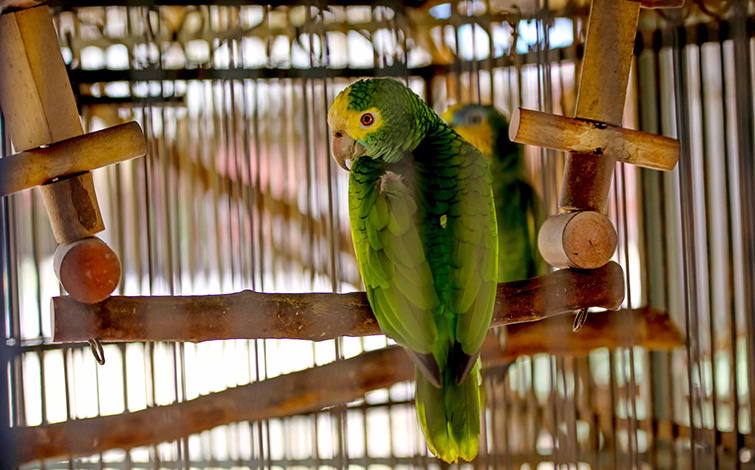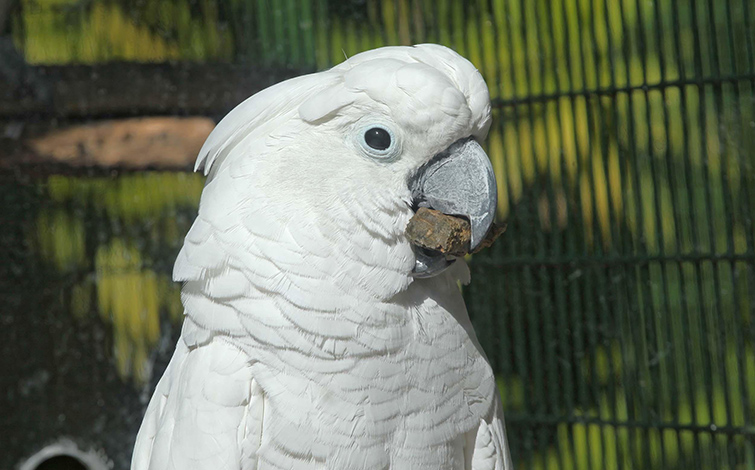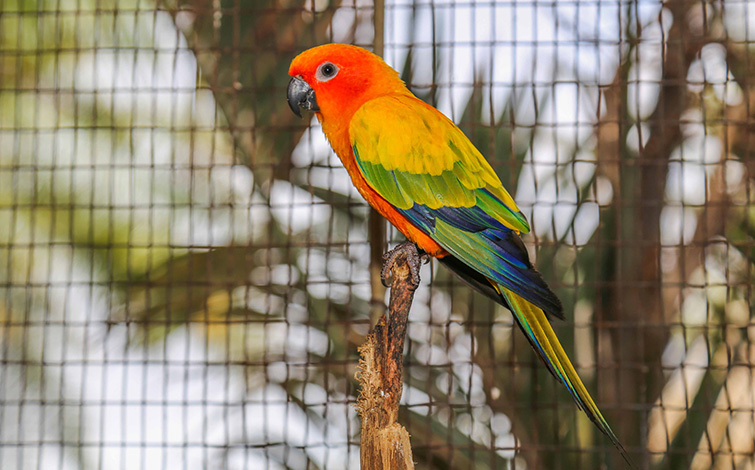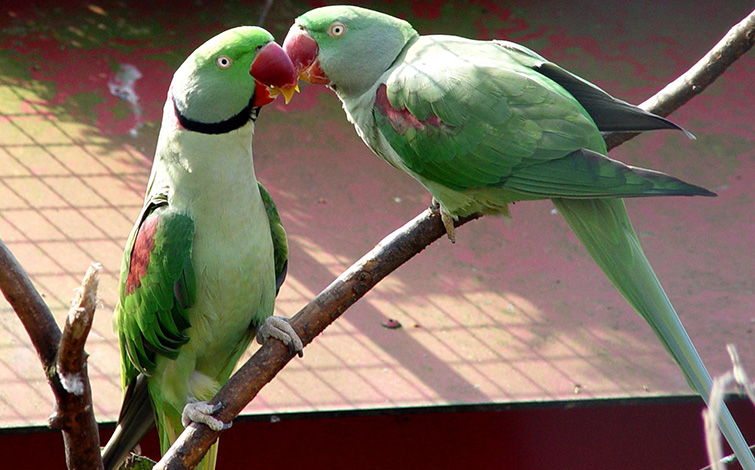Duck
Duck is the common name for a large number of species in the Anatidae family of birds, which also includes swans and geese. The ducks are divided among several subfamilies in the Anatidae family; they do not represent a monophyletic group (the group of all descendants of a single common ancestral species) but a form taxon, since swans and geese are not considered ducks. Ducks are mostly aquatic birds, mostly smaller than the swans and geese, and may be found in both fresh water and sea water.
Ducks are sometimes confused with several types of unrelated water birds with similar forms, such as loons or divers, grebes, gallinules, and coots.
A duckling is a young duck in downy plumage or baby duck; but in the food trade young adult ducks ready for roasting are sometimes labelled “ducklin”. A male duck is called a drake and the female duck is called a duck or hen.
The overall body plan of ducks is elongated and broad, and the ducks are also relatively long-necked, albeit not as long-necked as the geese and swans. The body shape of diving ducks varies somewhat from this in being more rounded. The bill is usually broad and contains serrated lamellae, which are particularly well defined in the filter-feeding species. In the case of some fishing species the bill is long and strongly serrated. The scaled legs are strong and well developed, and generally set far back on the body, more so in the highly aquatic species. The wings are very strong and are generally short and pointed, and the flight of ducks requires fast continuous strokes, requiring in turn strong wing muscles.
- Length: 65 cm (26 inches)
- Weight: up to 1.4 kg (3 pounds)
- Diet: grasses, aquatic plants, fish, insects, small amphibians, worms
- Lifespan: 5 – 10 years
- Diet: invertebrates/fish/amphibians/variety of plants
- Incubation: just under a month
- No. of offspring: +/- 12 eggs







